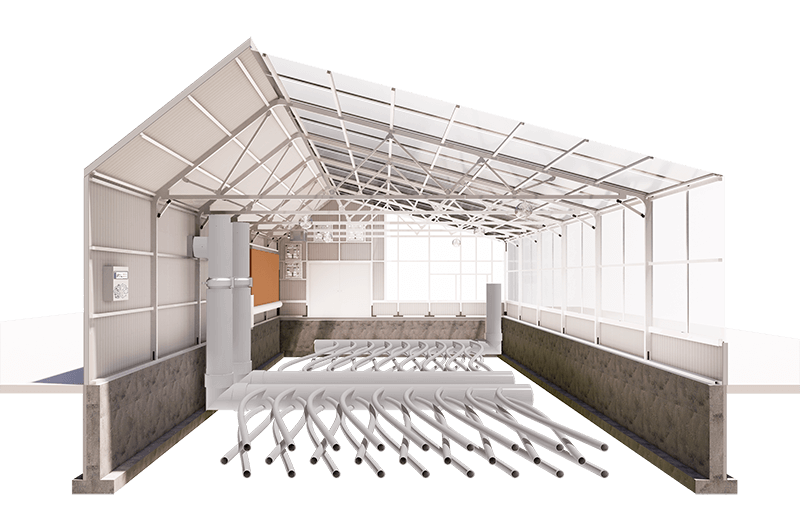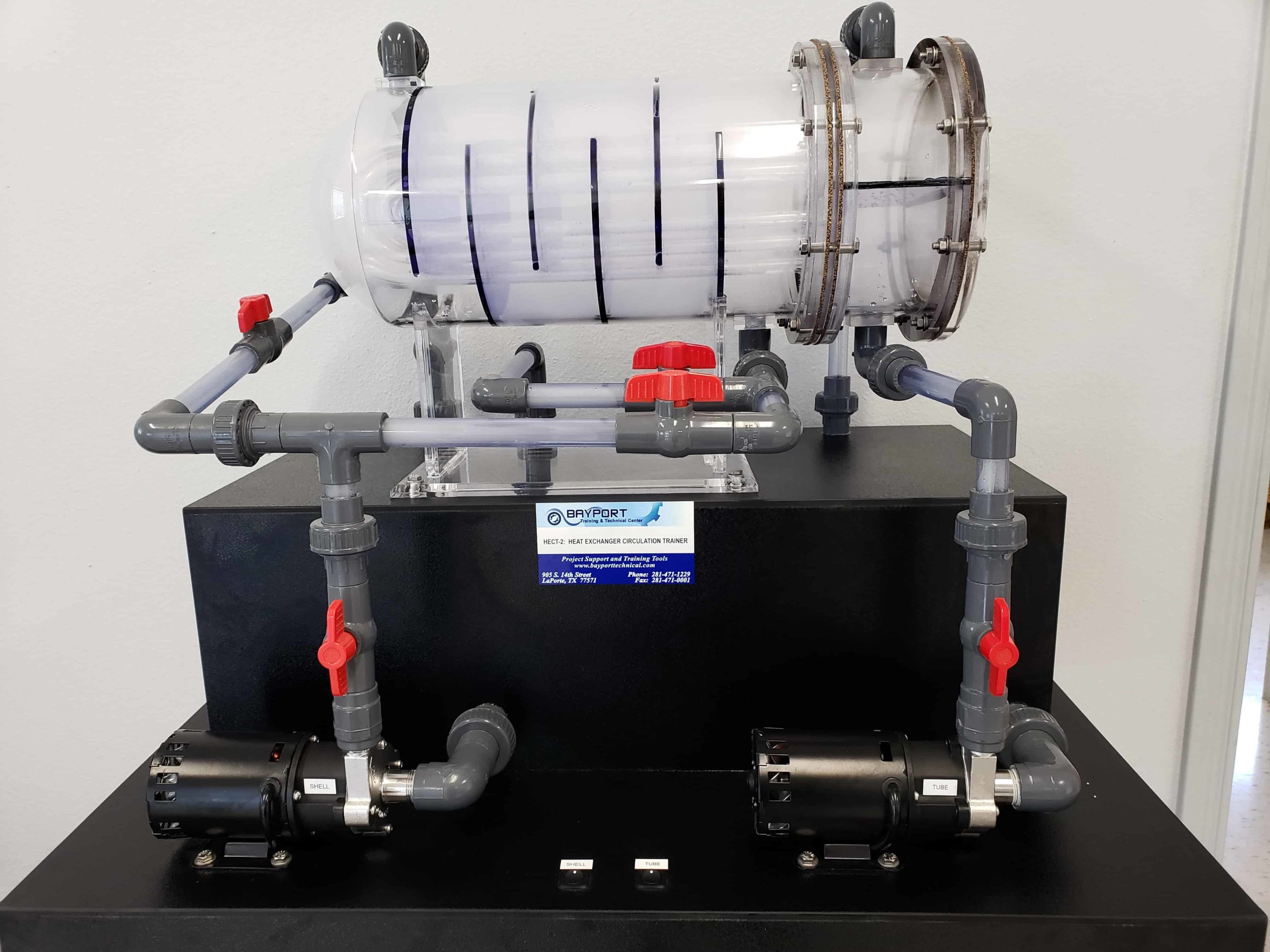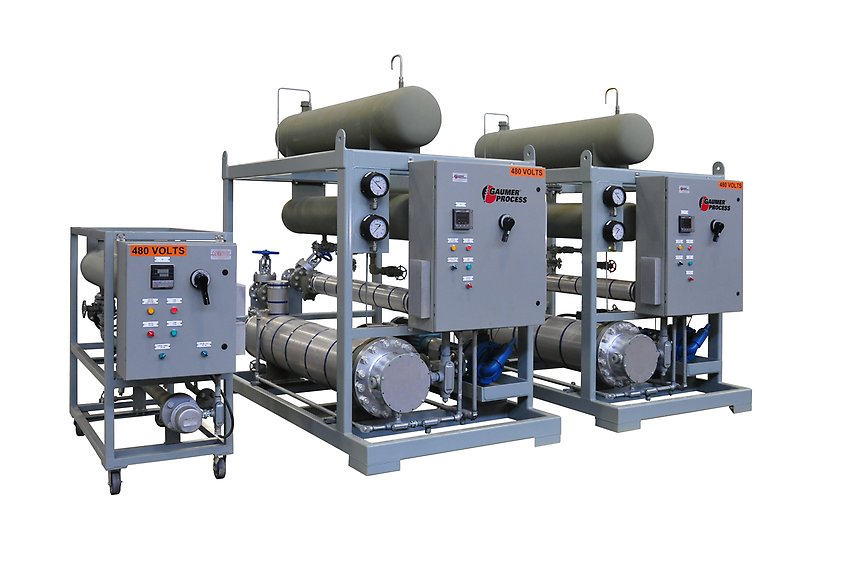A Comprehensive Guide to Choosing the Right Heat Transfer Equipments for Your Demands
Choosing the suitable Heat transfer system is necessary for operational efficiency. Numerous systems deal with different demands, affected by elements such as temperature variety and fluid type. Understanding the principles behind Heat transfer, such as convection, transmission, and radiation, is essential. Additionally, evaluating power sources and upkeep methods can impact long-term performance. A closer examination of these factors to consider reveals just how to customize a system to particular requirements. What should one prioritize in this facility decision-making process?
Comprehending Heat Transfer: Trick Concepts and Concepts
Although Heat transfer may appear like a straightforward concept, it encompasses a variety of concepts that are fundamental for efficient system style. Understanding these principles is important for designers and designers that intend to maximize thermal performance in numerous applications. Conduction, for instance, includes the transfer of Heat with solid materials, while convection refers to the movement of Heat within liquids. Radiation, an additional key concept, explains just how Heat can be transferred with electro-magnetic waves. Each of these devices plays a vital duty in figuring out exactly how power relocates within a system. By thoroughly understanding these ideas, professionals can make enlightened decisions, guaranteeing that Heat transfer systems run successfully and meet the details needs of their applications
Kinds Of Heat Transfer Equipments: An Overview
Recognizing the principles of Heat transfer prepares for checking out the numerous types of Heat transfer systems available. Heat transfer systems can be categorized mostly right into 3 types: conduction, radiation, and convection. Transmission entails Heat transfer through solid materials, relying upon direct call in between bits. Convection, on the other hand, happens in fluids (gases and liquids) where the activity of the fluid itself facilitates Heat transfer. Radiation entails the transfer of Heat via electromagnetic waves and does not need a medium, enabling it to take place in a vacuum. Each kind of system has distinct qualities and applications, making it important for people and organizations to thoroughly analyze their details needs when selecting one of the most ideal Heat transfer option.
Applications of Heat Transfer Equipments in Different Industries
Heat transfer systems play a crucial role throughout numerous industries, impacting effectiveness and product quality. In commercial manufacturing processes, they help with precise temperature control, while in food and drink handling, they ensure safety and security and preservation. In addition, cooling and heating and climate control systems count greatly on effective Heat transfer to preserve comfy environments.
Industrial Production Processes

Numerous industrial manufacturing processes rely greatly on efficient Heat transfer systems to make the most of performance and improve item high quality. In sectors such as metalworking, Heat exchangers play a vital role in keeping suitable temperature levels during welding, spreading, and creating. These systems guarantee consistent Heat circulation, which is essential for accomplishing preferred material buildings. In the chemical production sector, Heat transfer systems facilitate specific temperature level control throughout responses, affecting return and safety and security. In fabric manufacturing, effective Heat administration is important for coloring and ending up procedures, affecting color consistency and textile top quality. By choosing proper Heat transfer modern technologies, suppliers can improve power efficiency and decrease operational expenses, ultimately bring about a much more sustainable and affordable manufacturing setting.
Food and Beverage Handling
Effective Heat transfer systems are just as crucial in the food and drink processing sector, where keeping ideal temperature levels is vital for food safety and security and top quality. These systems play a necessary role in procedures such as pasteurization, food preparation, and sterilization, ensuring that products are secure for consumption and keep their nutritional worth. Heat exchangers, for instance, efficiently move Heat in between liquids, maximizing energy use while reducing temperature changes. In addition, refrigeration systems are basic for maintaining subject to spoiling items and prolonging life span. The selection of Heat transfer innovation straight influences operational performance and product integrity, making it imperative for food and drink suppliers to select the proper systems customized to their details handling demands. This cautious selection ultimately adds to consumer fulfillment and food safety.

Heating And Cooling and Environment Control
While numerous markets count on Heat transfer systems for performance, COOLING AND HEATING (Heating, Air Flow, and Air Conditioning) plays a vital role in preserving interior climate control throughout various settings. These systems utilize Heat transfer principles to regulate moisture, temperature, and air quality, guaranteeing comfort and safety in domestic, business, and industrial environments. Effectively designed HVAC systems enhance energy performance, decrease operational prices, and reduce ecological influence. In commercial structures, for circumstances, efficient climate control adds to employee productivity and client contentment. In commercial applications, heating and cooling systems assist maintain perfect conditions for devices procedure and item conservation. Picking the right Heat transfer system is crucial for conference details environment control demands and attaining overall system performance.
Reviewing Power Sources for Heat Transfer Systems
In evaluating power resources for Heat transfer systems, a comparison of sustainable energy choices and nonrenewable fuel source considerations is vital. Sustainable sources, such as solar and get more wind, offer sustainable alternatives that can reduce environmental influence. Conversely, fossil fuels remain prevalent due to their well established facilities and power density, triggering a mindful analysis of both choices.
Renewable Resource Options

Fossil Fuel Factors To Consider
Examining fossil fuel factors to consider is necessary for the effectiveness and sustainability of Heat transfer systems. Nonrenewable fuel sources, such as gas, oil, and coal, are traditional energy sources that provide considerable Heat output, making them preferred options for domestic and industrial applications. Nonetheless, their ecological impact, consisting of greenhouse gas emissions and resource exhaustion, raises issues. When selecting a warmth transfer system, it is crucial to analyze the availability, expense, and governing elements related to these gas. In addition, the efficiency of fossil fuel systems should be taken into consideration, as greater performance can alleviate some ecological drawbacks. Eventually, a well balanced strategy considering performance and sustainability can assist decision-makers toward the most proper Heat transfer option for their particular demands.
Variables to Think About When Selecting a Heat Transfer System
Choosing a proper Heat transfer system calls for mindful factor to consider of numerous variables that can significantly influence performance and performance. One essential variable is the operating temperature level range, which determines the products and style ideal for the application. Furthermore, the sort of fluid made use of in the system-- whether gas or liquid-- influences Heat transfer effectiveness and compatibility. The system's dimension and capability need to line up with the details demands of the operation to stay clear of inefficiencies. Energy source availability is additionally important, influencing operating costs and sustainability. The setup environment, consisting of space restraints and ease of access for upkeep, plays a significant duty in system option. Regulative conformity and safety requirements need to be thought about to guarantee the system fulfills all legal requirements.
Upkeep and Performance Optimization for Heat Transfer Equipments
Preserving Heat transfer systems is necessary for making certain optimal efficiency and longevity. Routine maintenance activities, such as cleansing Heat exchangers and checking insulation, aid stop performance losses due to fouling and thermal connecting. In addition, keeping an eye on system parameters, consisting of pressure and temperature level, permits very early detection of abnormalities, minimizing downtime and pricey fixings. Applying a precautionary upkeep schedule can maximize performance and prolong the lifespan of parts. Upgrading to innovative control systems can boost operational performance by adjusting to differing lots and problems. By prioritizing upkeep and performance optimization, operators can accomplish reduced energy consumption, lower functional prices, and improved total system integrity, ultimately resulting in far better resource use and a much more lasting operation.
Future Patterns in Heat Transfer Technologies
As sectors progressively focus on sustainability and power performance, future fads anonymous in Heat transfer modern technologies are readied to undertake considerable transformations. Technologies such as advanced products, consisting of carbon nanotubes and nanofluids, promise boosted thermal conductivity and performance. In addition, the assimilation of sustainable read the full info here power sources into Heat transfer systems is acquiring energy, advertising environmentally friendly solutions. Smart innovations, consisting of IoT sensing units, are anticipated to transform monitoring and control, making it possible for real-time data evaluation for maximized performance. Additionally, the growth of modular and compact systems will assist in easier installation and upkeep, accommodating varied applications. These innovations show a shift towards even more sustainable, efficient, and adaptable Heat transfer services, straightening with international power objectives and environmental requirements.
Regularly Asked Questions
What Are the Environmental Effects of Heat Transfer Equipments?
The environmental effects of Heat transfer systems can consist of greenhouse gas emissions, energy intake, and potential thermal air pollution. Furthermore, inappropriate disposal of materials and inadequacies can add to source depletion and ecological community disturbance.
Just how Do I Determine the Cost-Effectiveness of a Warmth Transfer System?
To calculate the cost-effectiveness of a warm transfer system, one must examine first expenses, functional expenses, maintenance demands, and power performance, contrasting these elements against the expected life-span and performance of the system.
Can Heat Transfer Solution Be Made Use Of in Residential Setups?
Heat transfer systems can indeed be utilized in property setups. They provide effective home heating and cooling down services, making homes a lot more comfy while possibly decreasing power prices. Their versatility permits different applications in household environments.
What Safety And Security Regulations Put On Heat Transfer Solutions?
Safety and security regulations for Heat transfer systems generally include guidelines on operation, upkeep, and installment. Conformity with regional building regulations, supplier specs, and industry requirements is vital to guarantee reliable and risk-free system performance in different applications.
Exactly How Do Different Materials Affect Heat Transfer Performance?

Transmission, for circumstances, involves the transfer of Heat through solid materials, while convection refers to the motion of Heat within fluids. Understanding the principles of Heat transfer lays the groundwork for discovering the different kinds of Heat transfer systems readily available. Heat exchangers, for instance, effectively transfer Heat between fluids, maximizing power usage while decreasing temperature level variations. In reviewing energy sources for Heat transfer systems, a contrast of sustainable energy choices and fossil gas factors to consider is vital. Metals, such as copper and aluminum, conduct Heat successfully, whereas insulators like rubber and glass slow down Heat circulation.